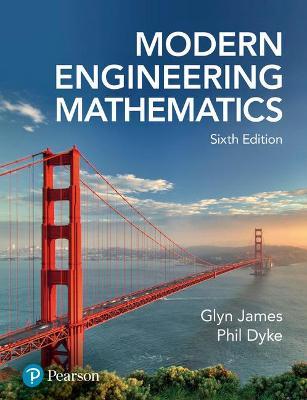Question
1) [20 points] Consumer theory The n-good Cobb-Douglas utility function is: n u(x) = A !xi ?i , i=1 where A > 0 and n
1) [20 points] Consumer theory
The n-good Cobb-Douglas utility function is:
n
u(x) = A
!xi
?i
,
i=1
where A > 0 and "n
i=1 ?i = 1.
a) Derive the Marshallian demand functions.
b) Derive the indirect utility function.
c) Compute the expenditure function.
d) Compute the Hicksian demands.
2) [15 points] Consumer theory
a) Suppose that u : Rn Rk is a continuously differentiable function, and consider
the problem:
max u(z,? ) z?Rn
where ? ? Rk. Think of Rk as the space of parameters and Rn as the space of
choice variables. State and prove the envelope theorem. Give an intuition for the
theorem.
b) Now suppose we are given g : Rn Rm ? and suppose that our problem is
max u(z,? ) z?Rn
subject to g(z) = 0.
State the envelope theorem for this constrained maximization problem. (Note:
you do not need to prove it)
c) State and prove Roy's identity.
3) [25 points] Producer theory
Consider the profit maximization problem:
max pF(k, l) ? rk ? wl
k,l
where F(k, l) is the production function, r is the rental rate of capital, w is the wage
rate of labor.
a) Suppose that F is not differentiable. When are k and l are substitutes in production? Provide an example of a production function with this property (note:
example can be differentiable).
b) Demonstrate that if k and l are substitutes, then the optimal capital choice as a
function of exogenous parameters, k?(r, w), is weakly increasing in w and likewise
l
?(r, w) is weakly increasing in r. Show this without assuming F is differentiable
if you can.
2
c) Suppose that the initial wage is w0. When wages change to w, write the optimization problems that the short-run demand for labor solves and the long-run
demand for labor solves.
d) How the short-run demand compare to the long-run demand when k and l are
substitutes? Provide a proof and give economic intuition.
e) Explain how the results of part d) changes if k and l are complements? What
if k and l are complements when both are small, and substitutes when both are
large?
4) [25 points] General equilibrium
Suppose there are I consumers, and xi denotes the demand of consumer i at prices p
and wealth wi (obtained by utility maximization). Let x = "
i?I xi be the aggregate
demand. All consumers face the same prices p, although their wealth and preferences
could differ.
A benevolent planner has the power to re-allocate x among the consumers but does
not have additional resources. That is, he can change the original allocation, (xi)i?I ,
to some re-allocation (xi
#
)i?I provided that "
i xi
# = x. His aim is to find a feasible
re-allocation (x#
i) such that "
i?I xi
# = x and ui(x#
i) > ui(xi) for all i ? I, a weak
Pareto improvement.
a) Prove that there does not exist a weak Pareto improvement. Please highlight
clearly what assumptions on preferences you use in the argument.
A feasible re-allocation, (x#
i) with "
i x#
i = x, is said to be a Pareto improvement if
ui(xi
#
) ? ui(xi) for all i ? I and uj (xj
#) > uj (xj ) for at least one j ? I.
b) Prove that there does not exist a Pareto improvement over (xi)i?I . Please highlight what assumptions on preferences you use in the argument.
c) Do there exist preferences where there exists a Pareto improvement, but there
does not exist a weak Pareto improvement? If so, provide an example. If not,
explain your reasoning.
5) [15 points] Externalities
Assume the cost of commuting to work for an individual with wage w is wf(n) by car
and wx + t by subway where n is the number of cars on the road, and x and t are
constants. Let there be a total of N commuters. Assume that f(0) = 0 and f#
, f## > 0.
a) Assume everyone makes the same wage. What will be the equilibrium number of
drivers? How will the equilibrium number change with the wage?
b) What is the socially efficient number of drivers? How does this number change
with wage?
c) What are three ways to enforce the social optimum? Make a case for the most
plausible one.





Step by Step Solution
There are 3 Steps involved in it
Step: 1

Get Instant Access with AI-Powered Solutions
See step-by-step solutions with expert insights and AI powered tools for academic success
Step: 2

Step: 3

Ace Your Homework with AI
Get the answers you need in no time with our AI-driven, step-by-step assistance
Get Started







